English
CONTENTS
FOREWORD
INTRODUCTION
1 Scope
2 Normative references
3 Terms and definitions
4 General requirements
5 Rating of the supply a.c. voltage
6 General system requirement and interface
7 Protection against electric shock
8 Connection between the power supply and the EV
10 Charging cable assembly requirements
11 EVSE requirements
101 Specific requirements for d.c. EV charging station
102 Communication between EV and d.c. EV charging station
Annex AA (normative) DC EV charging station of system A
Annex BB (normative) DC EV charging station of system B
Annex CC (normative) DC EV charging station of system C(Combined charging system)
Annex DD (informative) Typical d.c. charging systems
Annex EE (informative) Typical configuration of d.c. charging system
Bibliography
Figures
Figure 101 - Overvoltage protection in case of earth fault
Figure 102 - Measuring network of touch current weighted for perception or reaction
Figure 103 - Step response for constant value control
Figure 104 - Current ripple measurement equipment with capacitor
Figure 105 – Maximum ratings for voltage dynamics
Figure AA.1 - Overall schematic of system A station and EV
Figure AA.2 - Interface circuit for charging control of system A station
Figure AA.3 - Failure detection principle by detection of d.c. leakage current
Figure AA.4 - Example of vehicle connector latch and lock monitoring circuit
Figure AA.5 - State transition diagram of charging process for system A
Figure AA.6 - Sequence diagram of system A
Figure AA.7 - Charging current value requested by the vehicle
Figure AA.8 - Output response performance of d.c. EV charging station
Figure BB.1 - Schematic diagram for basic solution for d.c. charging system
Figure BB.2 - Sequence diagram of charging process
Figure BB.3 - Operation flow chart of start charging
Figure BB.4 - Operation flow chart of stop charging
Figure CC.1 - Sequence diagram for normal start up
Figure CC.2 - Sequence diagram and description for normal shutdown
Figure CC.3 – Sequence diagram for d.c. supply initiated emergency shutdown
Figure CC.4 – Sequence diagram for EV initiated emergency shutdown
Figure CC.5 - Special components for configurations CC and EE coupler
Figure CC.6 - System schematics of combined d.c. charging system
Figure D.1 - Example of typical isolated system
Figure D.2 – Example of typical non-isolated system
Figure D.3 - Example of simplified isolated system
Figure D.4 - Example of DC mains system
Figure E.1 - Typical configuration of d.c. charging system
Tables
Table 101 - Current ripple limit of d.c. EV charging station
Table 102 - Charging state of d.c. EV charging station
Table 103 - Charging control process of d.c. EV charging station at system action level
Table AA.1 - Definition of symbols in Figure AA.1 and Figure AA.2
Table AA.2 - Parameters and values for interface circuit in Figure AA.2
Table AA.3 - Principle of fault protection
Table AA.4 - Requirements for earth fault monitoring
Table AA.5 - Recommended specification of charging current requested by the vehicle
Table AA.6 - Requirements for the output response performance of d.c. EV charging station
Table BB.1 - Definitions of charging states
Table BB.2 - Recommended parameters of d.c. charging security system
Table CC.1 - DC couplers and maximum system output voltage for combined charging system
Table CC.2 - Definition of proximity resistor for configurations DD and FF
Table CC.3 - Sequence description for normal start up
Table CC.4 - Sequence description for normal shutdown
Table CC.5 - Definition and description of symbols / terms
Table D.1 - Example for categories of d.c. supply system to electric vehicles
Table D.2 - Typical voltage ranges for isolated d.c. EV charging stations
Français
SOMMAIRE
AVANT-PROPOS
INTRODUCTION
1 Domaine d'application
2 Références normatives
3 Termes et définitions
4 Exigences générales
5 Valeurs assignées de la tension d'alimentation à courant alternatif
6 Exigences générales du système et interface
7 Protection contre les chocs électriques
8 Connexion entre l'alimentation et le VE
9 Exigences spécifiques relatives au coupleur du véhicule
10 Exigences relatives aux caractéristiques du câble de charge
11 Exigences relatives au SAVE
101 Exigences spécifiques relatives aux bornes de charge à courant continu pour véhicule électrique
102 Communication entre le VE et la borne de charge à courant continu pour véhicule électrique
Annexe AA (normative) Borne de charge à courant continu pour véhicule électrique du système A
Annexe BB (normative) Borne de charge à courant continu pour véhicule électrique du système B
Annexe CC (normative) Borne de charge à courant continu pour véhicule électrique du Système C (Système de charge combiné)
Annexe DD (informative) Systèmes types de charge à courant continu
Annexe EE (informative) Configuration type de système de charge à courant continu
Bibliographie
Figures
Figure 101 - Protection contre les surtensions en cas de défaut à la terre
Figure 102 - Réseau de mesure du courant de contact pondéré pour la perception ou la réaction
Figure 103 - Réponse à un échelon pour le contrôle de valeur constante
Figure 104 - Matériel de mesure de l'ondulation du courant avec condensateur
Figure 105 – Valeurs assignées maximales pour la dynamique de tension
Figure AA.1 - Schéma d'ensemble de la borne de système A et du VE
Figure AA.2 - Circuit d'interface pour le contrôle de la charge de la borne de système A
Figure AA.3 - Principe de détection de défaillance par détection de courant de fuite c.c.
Figure AA.4 - Exemple de circuit de surveillance du maintien et du blocage d'un connecteur du véhicule
Figure AA.5 - Diagramme de transition d’états du processus de charge pour le système A
Figure AA.6 - Diagramme de séquences du système A
Figure AA.7 - Valeur du courant de charge demandée par le véhicule
Figure AA.8 - Performance de réponse de sortie de la bornede charge à courant continu pour véhicule électrique
Figure BB.1 - Schéma de principe pour la solution de basepour le système de charge à courant continu
Figure BB.2 - Diagramme de séquences du processus de charge
Figure BB.3 - Diagramme de flux de fonctionnement du démarrage de la charge
Figure BB.4 - Diagramme de flux de fonctionnement de l'arrêt de la charge
Figure CC.1 - Diagramme de séquences pour le démarrage normal
Figure CC.2 - Diagramme de séquences et descriptiondes séquences pour l'arrêt normal
Figure CC.3 – Diagramme de séquences pour l'arrêtd'urgence à l'initiative de l'alimentation c.c.
Figure CC.4 – Diagramme de séquences pour l'arrêt d'urgence à l'initiative du VE
Figure CC.5 - Composants spéciaux pour le coupleur de configurations CC et EE
Figure CC.6 - Diagramme de système pour le système combiné de charge à courant continu
Figure D.1 - Exemple de système isolé type
Figure D.2 – Exemple de système non isolé type
Figure D.3 - Exemple de système isolé simplifié
Figure D.4 - Exemple de système de secteur c.c.
Figure E.1 - Configuration type de système de charge à courant continu
Tables
Tableau 101 - Limite de l'ondulation du courant de la bornede charge à courant continu pour véhicule électrique
Tableau 102 - État de charge de la borne de charge à courant continu pour véhicule électrique
Tableau 103 - Processus de contrôle de charge de borne de charge à courant continu pour véhicule électrique au niveau d'action du système
Tableau AA.1 - Définition des symboles à la Figure AA.1 et à la Figure AA.2
Tableau AA.2 - Paramètres et valeurs pour le circuit d'interface à la Figure AA.2
Tableau AA.3 - Principe de la protection en cas de défaut
Tableau AA.4 - Exigences relatives à la surveillance des défauts à la terre
Tableau AA.5 - Spécification recommandée relativeau courant de charge demandé par le véhicule
Tableau AA.6 - Exigences relative à la performance de réponse de sortie de la borne de charge à courant continu pour véhicule électrique
Tableau BB.1 - Définitions des états de charge
Tableau BB.2 - Paramètres recommandés du système de sécurité de la charge à courant continu
Tableau CC.1 - Coupleurs c.c. et tension de sortie maximale du système pour le système de charge combiné
Tableau CC.2 - Définition de la résistance de proximité pour les configurations DD et FF
Tableau CC.3 - Description de séquences pour le démarrage normal
Tableau CC.4 - Description de séquences pour l'arrêt normal
Tableau CC.5 - Définition et description des symboles/termes
Tableau D.1 - Exemple pour les catégories de systèmes d'alimentation c.c.aux véhicules électriques
Tableau D.2 - Plages de tension types pour les bornes isolées de charge à courant continu pour véhicule électrique
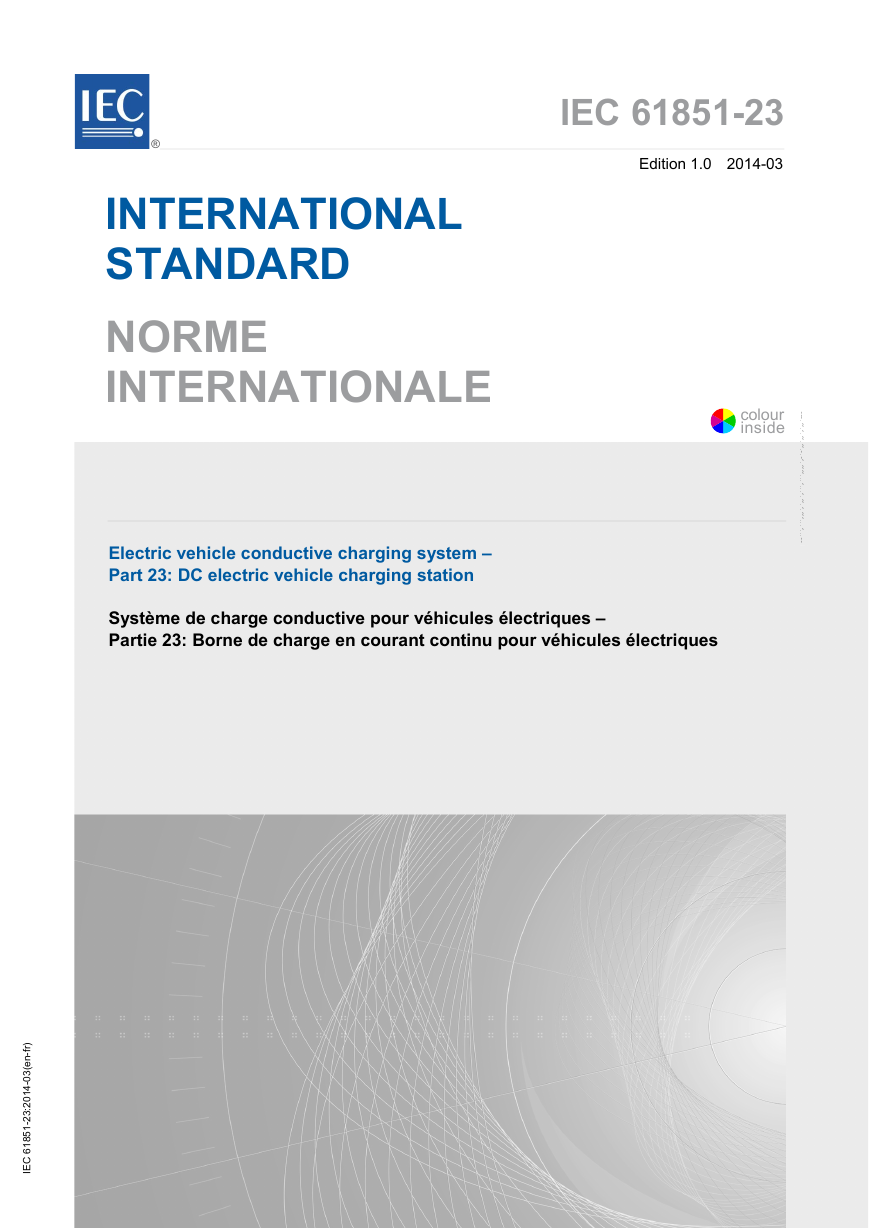
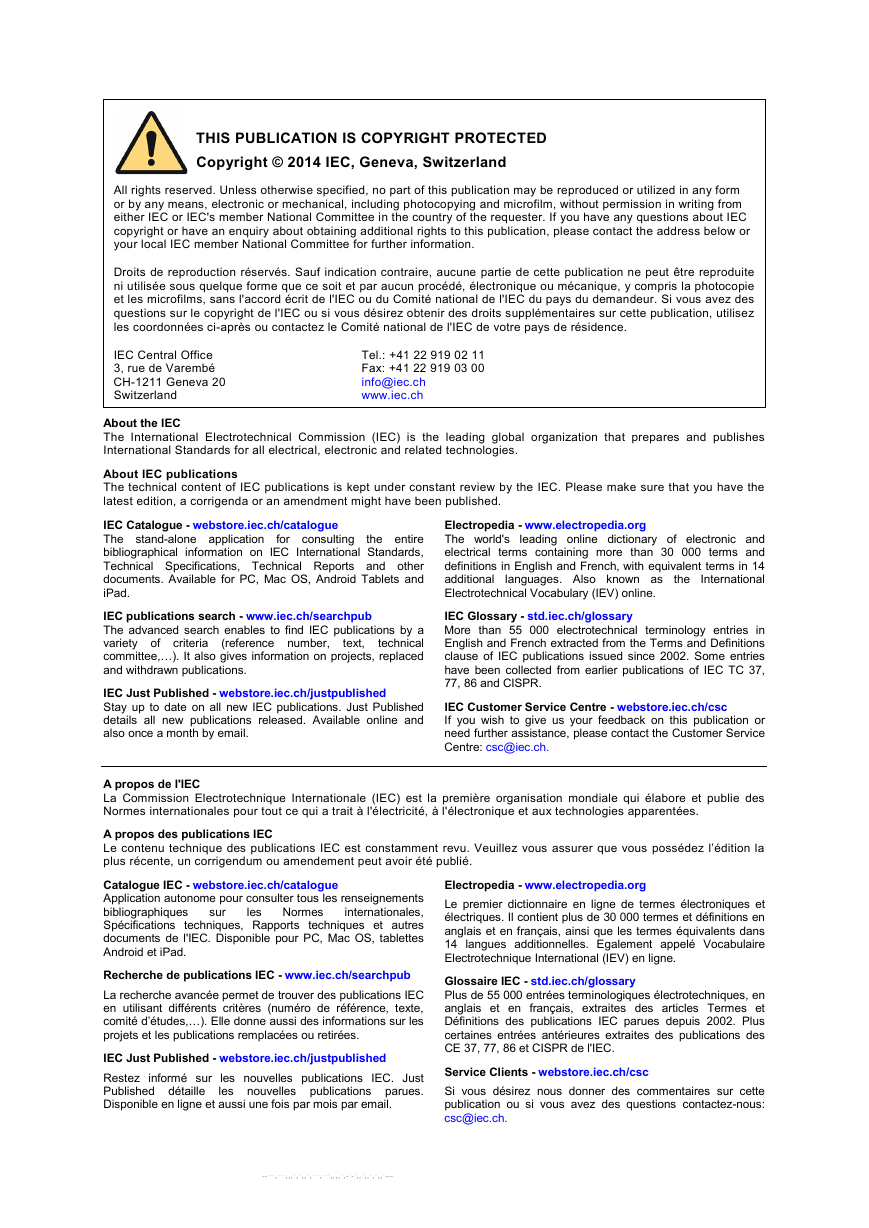
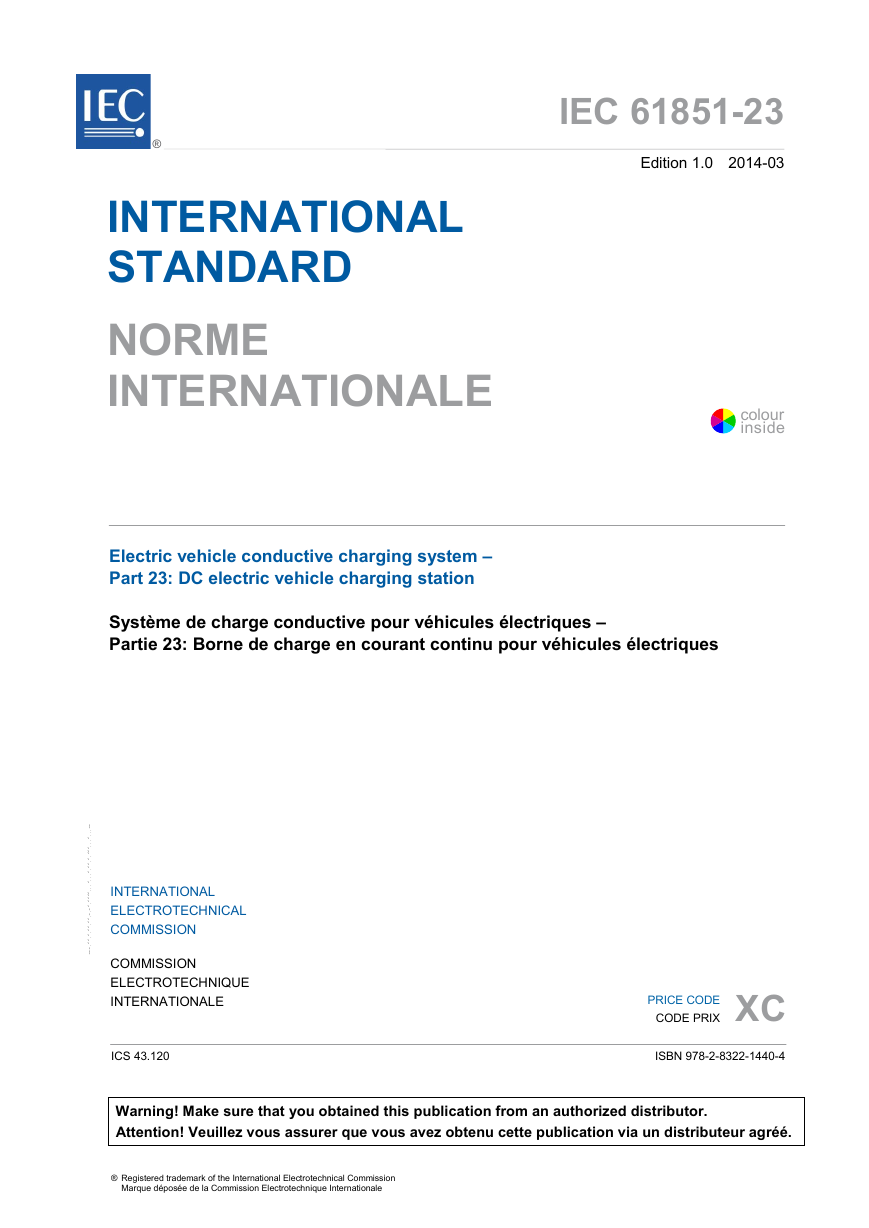
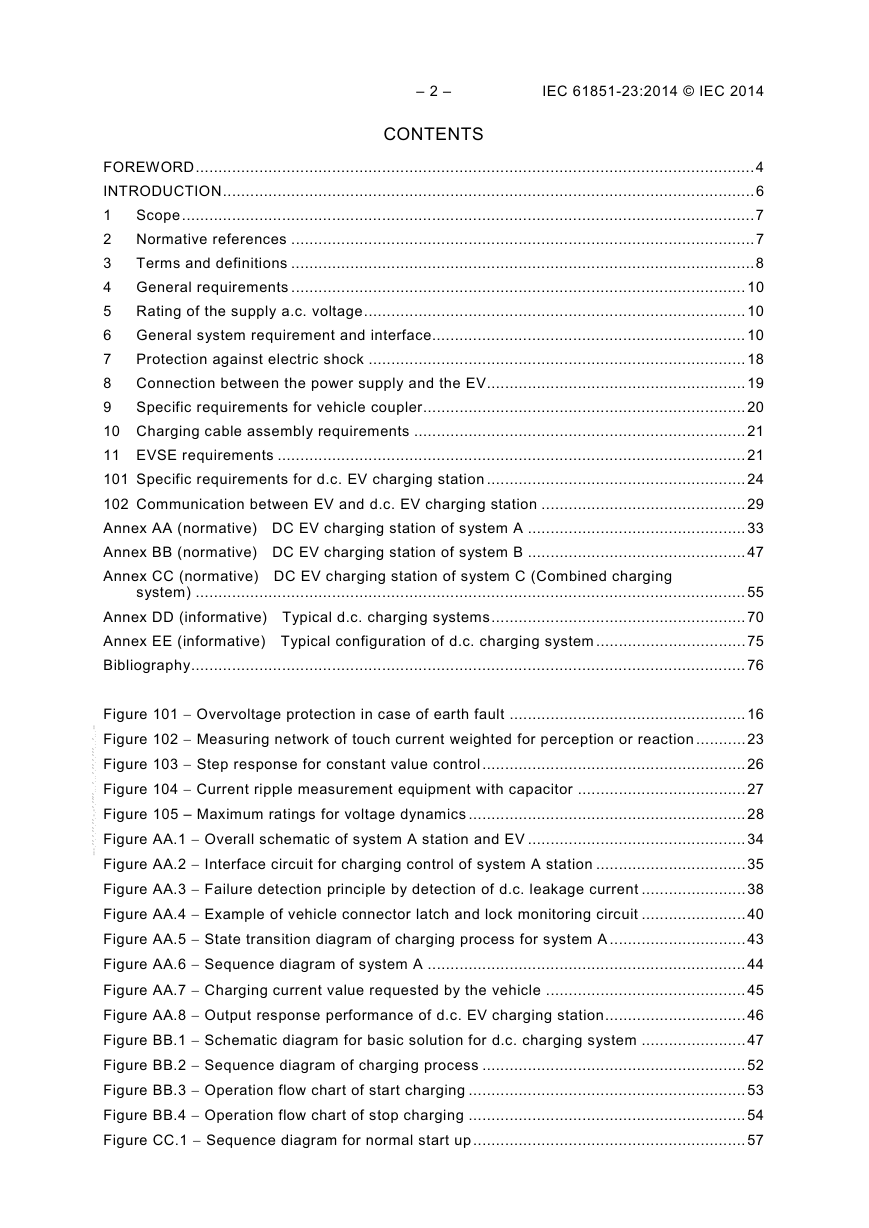
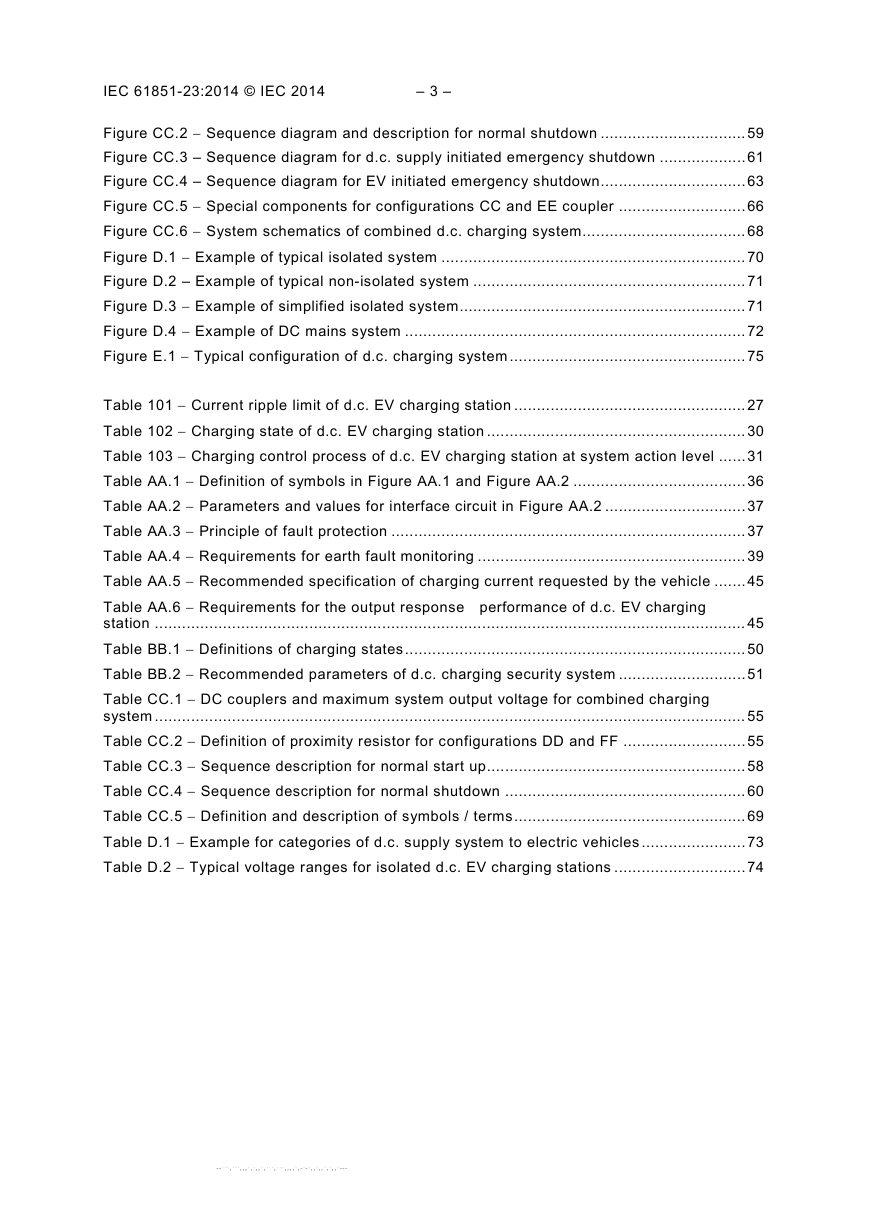

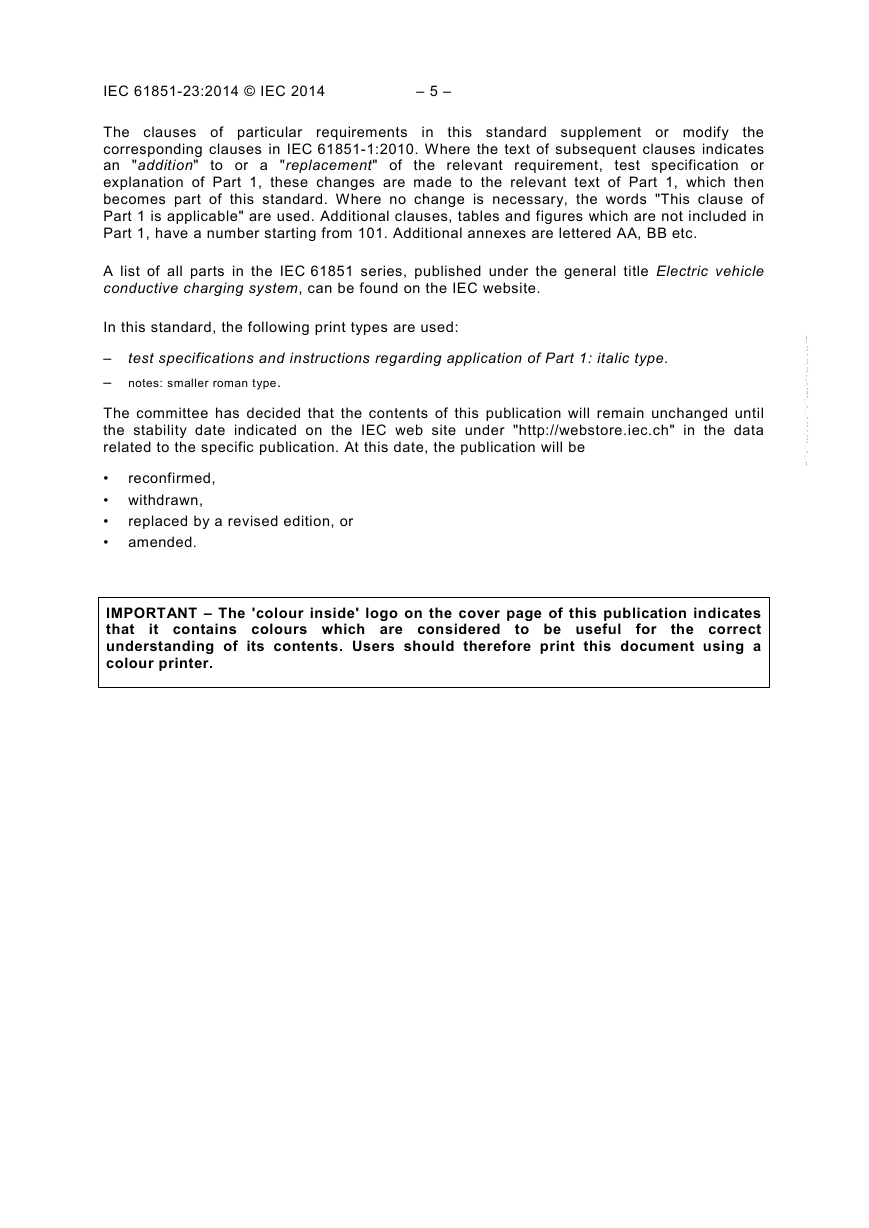
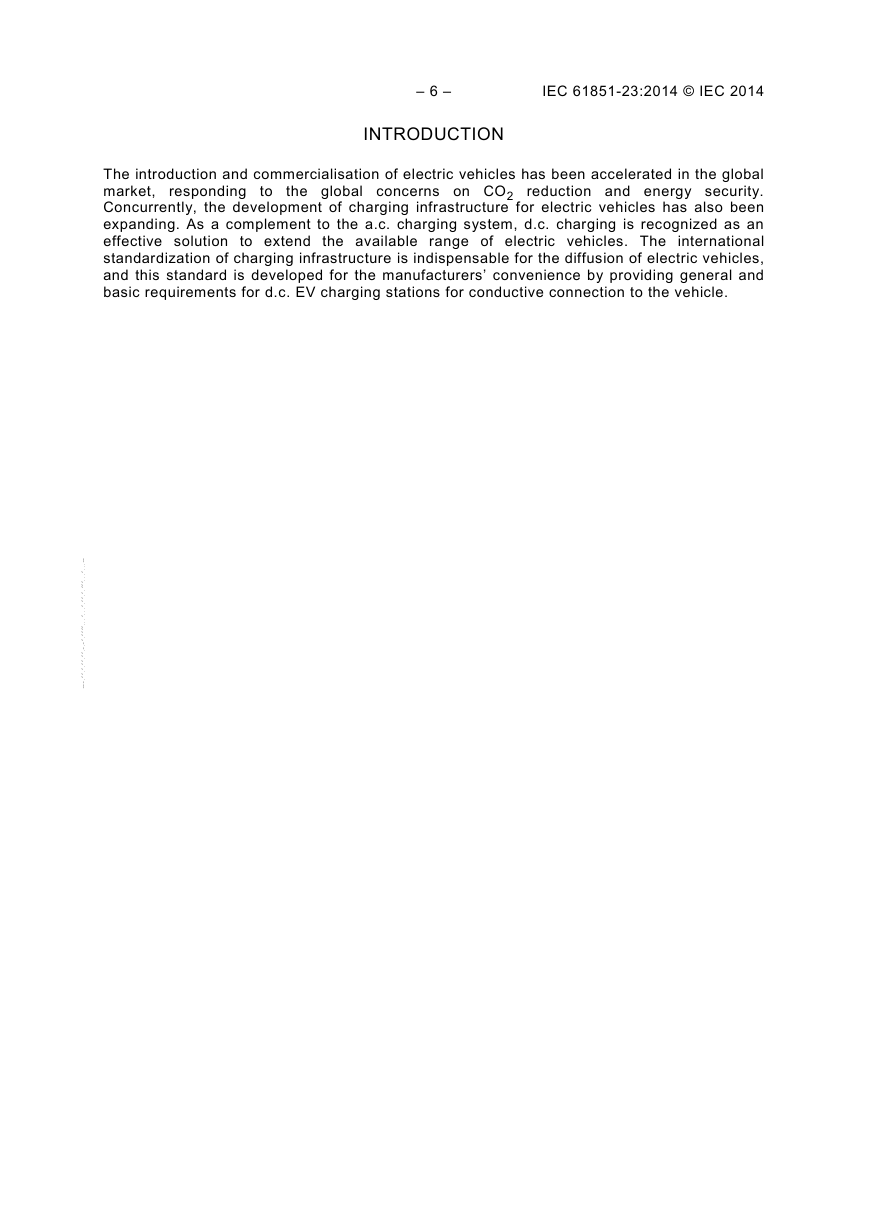








 2023年江西萍乡中考道德与法治真题及答案.doc
2023年江西萍乡中考道德与法治真题及答案.doc 2012年重庆南川中考生物真题及答案.doc
2012年重庆南川中考生物真题及答案.doc 2013年江西师范大学地理学综合及文艺理论基础考研真题.doc
2013年江西师范大学地理学综合及文艺理论基础考研真题.doc 2020年四川甘孜小升初语文真题及答案I卷.doc
2020年四川甘孜小升初语文真题及答案I卷.doc 2020年注册岩土工程师专业基础考试真题及答案.doc
2020年注册岩土工程师专业基础考试真题及答案.doc 2023-2024学年福建省厦门市九年级上学期数学月考试题及答案.doc
2023-2024学年福建省厦门市九年级上学期数学月考试题及答案.doc 2021-2022学年辽宁省沈阳市大东区九年级上学期语文期末试题及答案.doc
2021-2022学年辽宁省沈阳市大东区九年级上学期语文期末试题及答案.doc 2022-2023学年北京东城区初三第一学期物理期末试卷及答案.doc
2022-2023学年北京东城区初三第一学期物理期末试卷及答案.doc 2018上半年江西教师资格初中地理学科知识与教学能力真题及答案.doc
2018上半年江西教师资格初中地理学科知识与教学能力真题及答案.doc 2012年河北国家公务员申论考试真题及答案-省级.doc
2012年河北国家公务员申论考试真题及答案-省级.doc 2020-2021学年江苏省扬州市江都区邵樊片九年级上学期数学第一次质量检测试题及答案.doc
2020-2021学年江苏省扬州市江都区邵樊片九年级上学期数学第一次质量检测试题及答案.doc 2022下半年黑龙江教师资格证中学综合素质真题及答案.doc
2022下半年黑龙江教师资格证中学综合素质真题及答案.doc